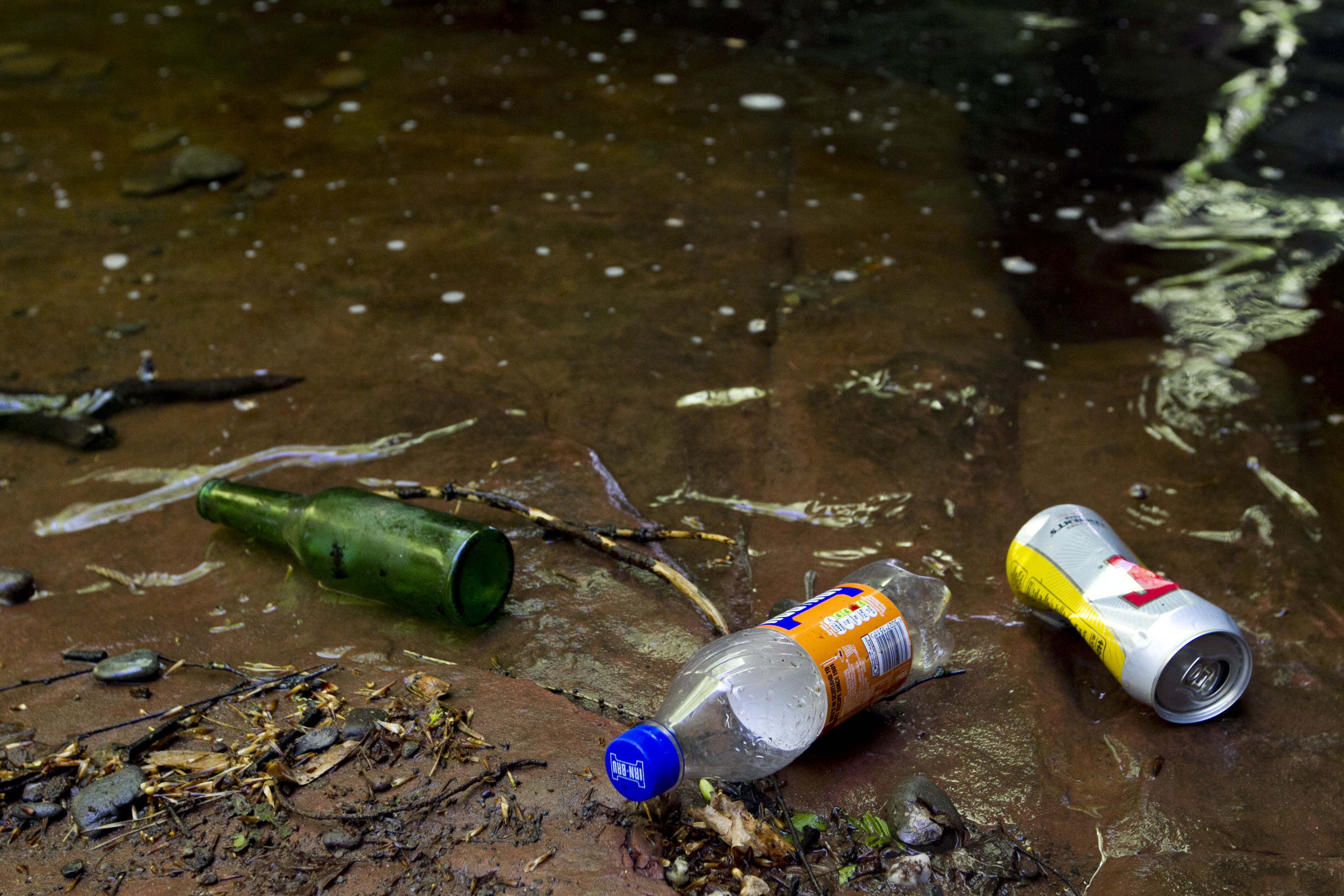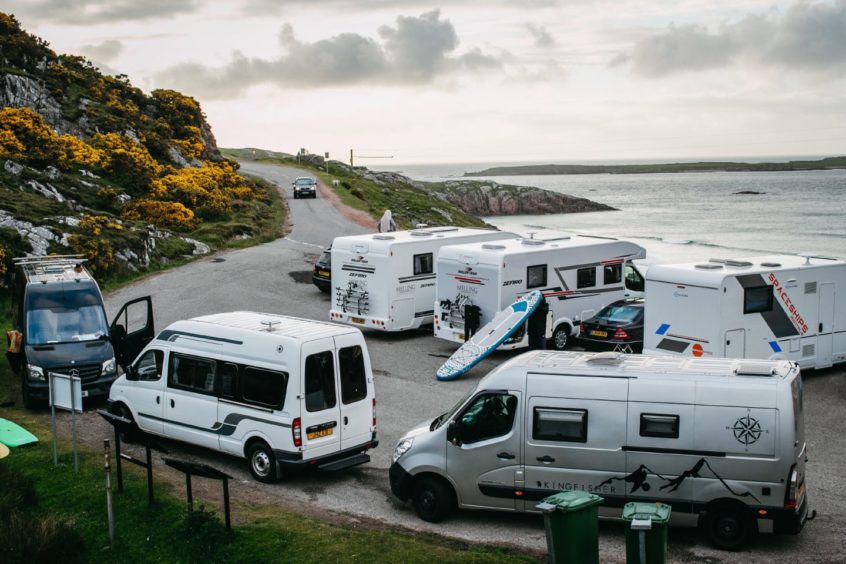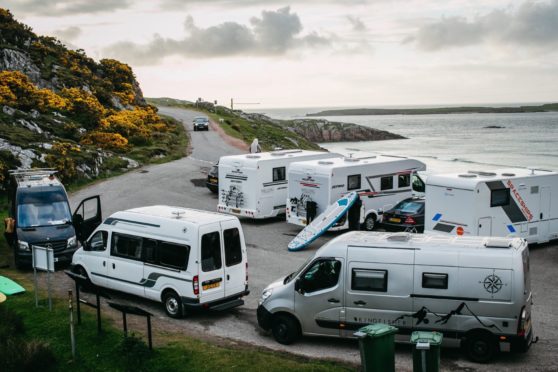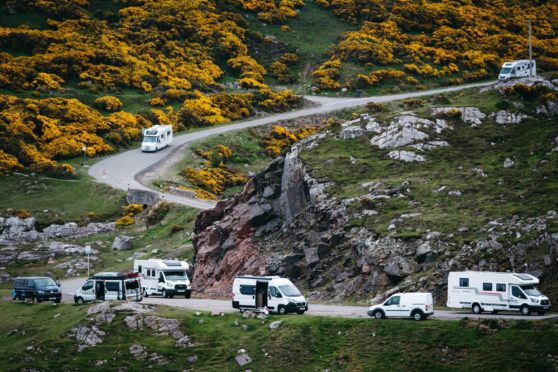
There’s a single-track road behind Port Glasgow which represents, in small scale, the problem with the scenic-route brigade.
It’s a pothole-strewn farm track past a dilapidated house, a mile of blind corners and cattle grids; at best a lover’s lane, at worst a place to dump a mattress.
And, yet, unlikely as it might seem, the view from the Inverclyde B-road is one of the best I’ve seen anywhere that my travel writing trips have taken me.
When local restrictions have allowed over the last 18 months, I’ve stopped en-route to deliver shopping at my parents to watch sunsets over lower Clyde sea lochs and Argyll mountains.
But as the pandemic forced us to consider the beauty we have on our doorstep, I’ve not been the only one to have my anxieties calmed by the view. Wee Dougliehill Road has become a major artery, with SUV drivers navigating the passing-place dance after a face-off on the hill with a tractor.
Scale the problem up, and it’s the same country-wide. Over the last year, I’ve been camping on the Angus coast in a two-man tent, dwarfed by hulking motorhomes. I’ve been crowded out of campsites on Arran, and counted 300 campervans driving on the A82. I bumped into people I know on Ardnamurchan, supposedly one of the country’s most remote peninsulas.
One of the take-homes from writing trips to far-flung places is how we fail to see what’s in front of us. We live in a diverse landscape, rich in opportunity whatever the weather. I come home invigorated by being elsewhere, but all the more determined to see, and shout about, what we have.
I’ve taken friends from my travels to the top of Ben Lomond, kayaking on Loch Lubnaig, skiing in Glencoe and eating scallops off the boat on Barra. I’ve even taken them to Dougliehill Road.
I don’t apologise for evangelising about Scotland’s scenery. But I can’t fathom how anyone drawn to the wilderness for a camping trip can blithely destroy it for others. The discovery of three abandoned tents in the sand dunes of Lunan Bay was the low point of last summer.
And the growing sight of fleets of motorhomes nose to nose on country roads is a holiday snap nobody wants to share.
We’ll all learn from Covid. And when the world starts turning again, with international holidays lessening the burden on the staycation market, many of us will have learned to live with what was right under our noses.
I just hope we learn to love it better.

Enjoy the convenience of having The Sunday Post delivered as a digital ePaper straight to your smartphone, tablet or computer.
Subscribe for only £5.49 a month and enjoy all the benefits of the printed paper as a digital replica.
Subscribe © Andrew Cawley
© Andrew Cawley
